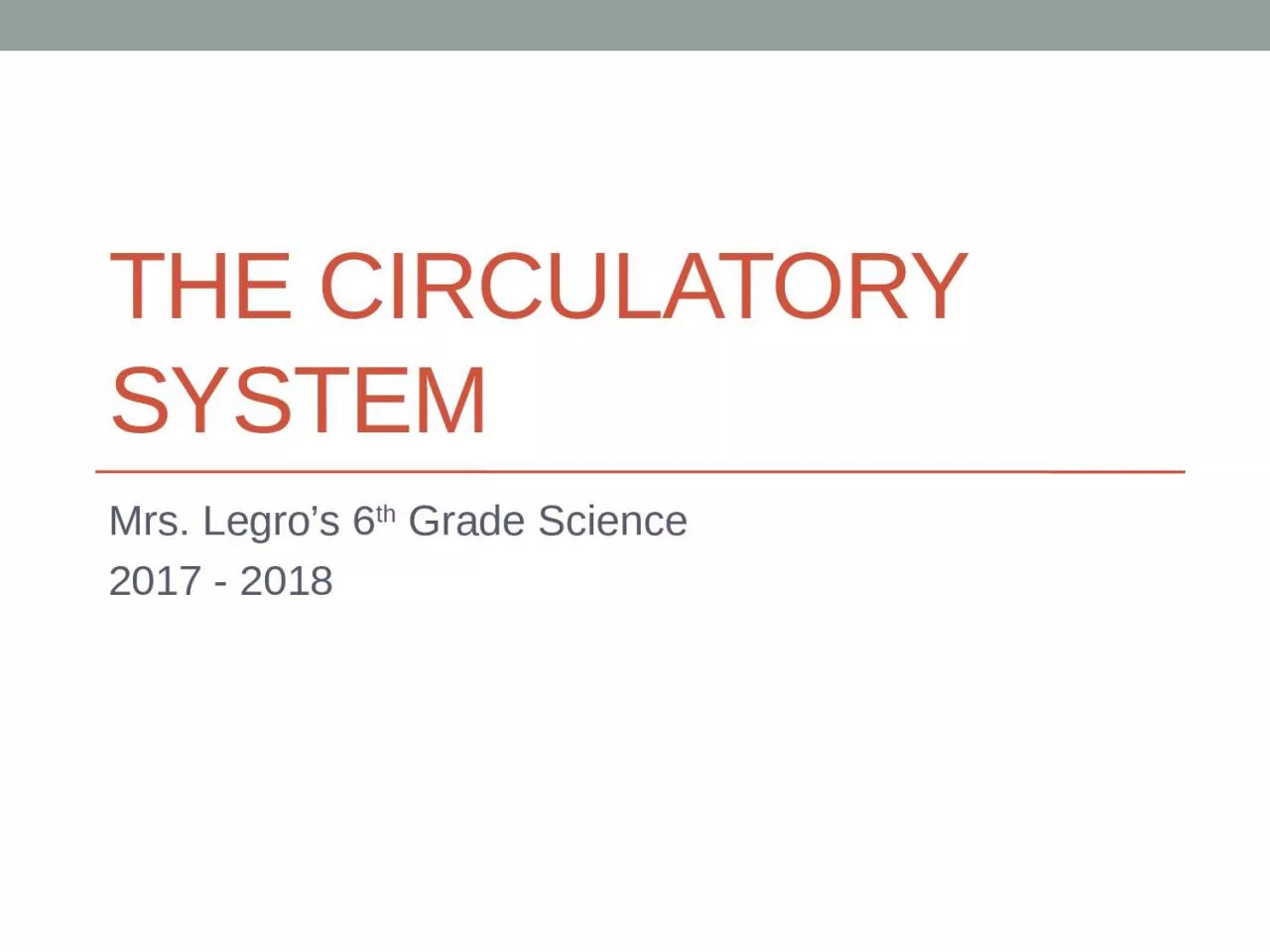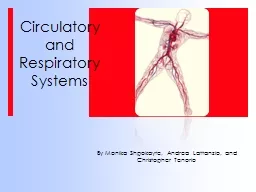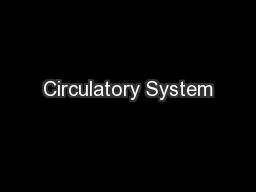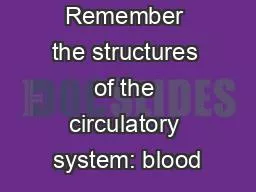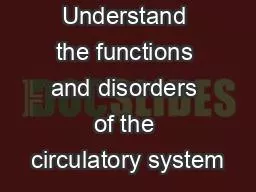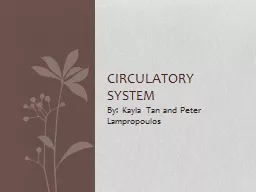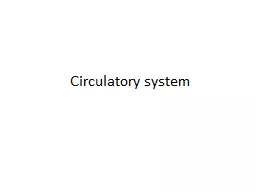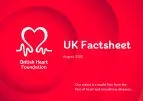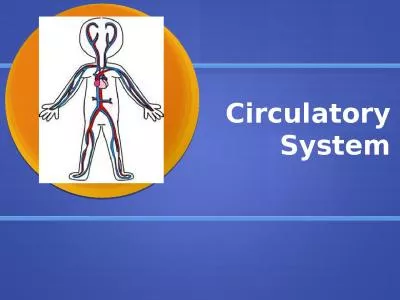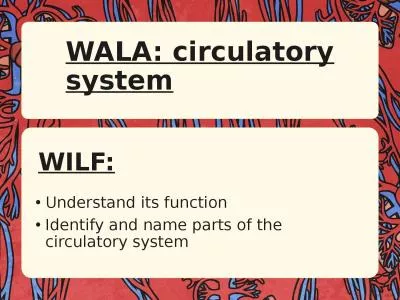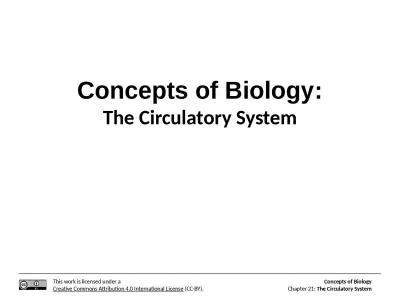PPT-The Circulatory System Mrs. Legro’s 6
Author : garcia | Published Date : 2022-06-08
th Grade Science 2017 2018 Objectives amp Vocabulary Compare and contrast arteries veins and capillaries Explain how blood moves through the heart Identify the
Presentation Embed Code
Download Presentation
Download Presentation The PPT/PDF document "The Circulatory System Mrs. Legro’s 6" is the property of its rightful owner. Permission is granted to download and print the materials on this website for personal, non-commercial use only, and to display it on your personal computer provided you do not modify the materials and that you retain all copyright notices contained in the materials. By downloading content from our website, you accept the terms of this agreement.
The Circulatory System Mrs. Legro’s 6: Transcript
Download Rules Of Document
"The Circulatory System Mrs. Legro’s 6"The content belongs to its owner. You may download and print it for personal use, without modification, and keep all copyright notices. By downloading, you agree to these terms.
Related Documents

